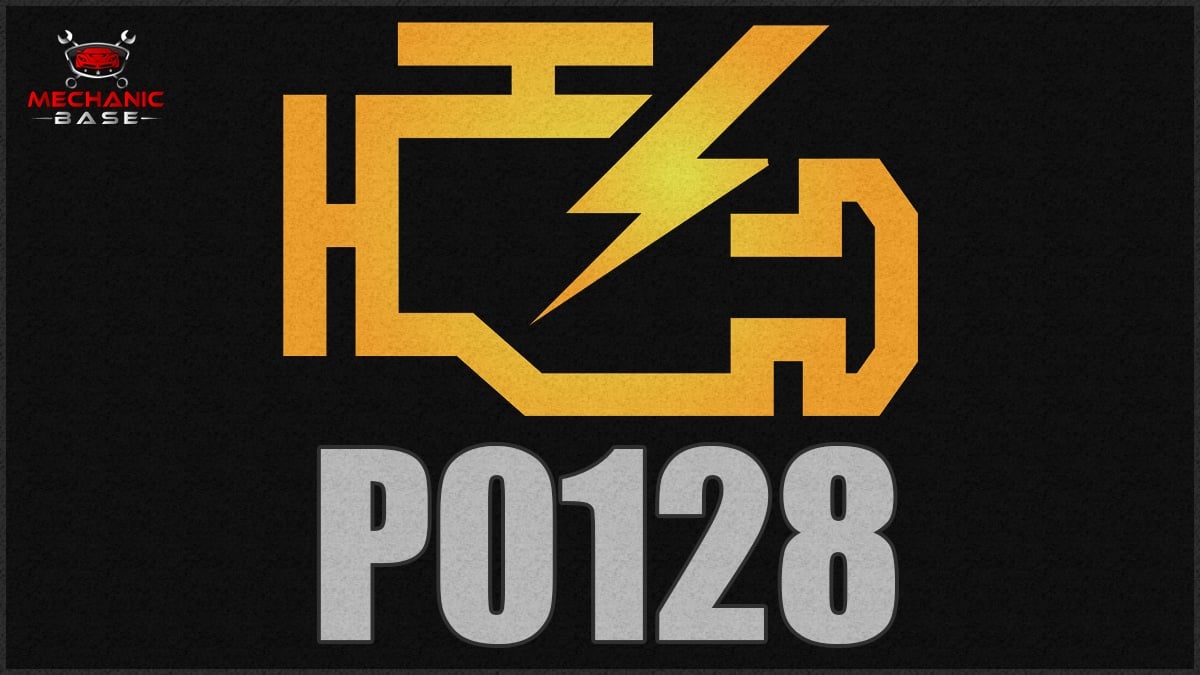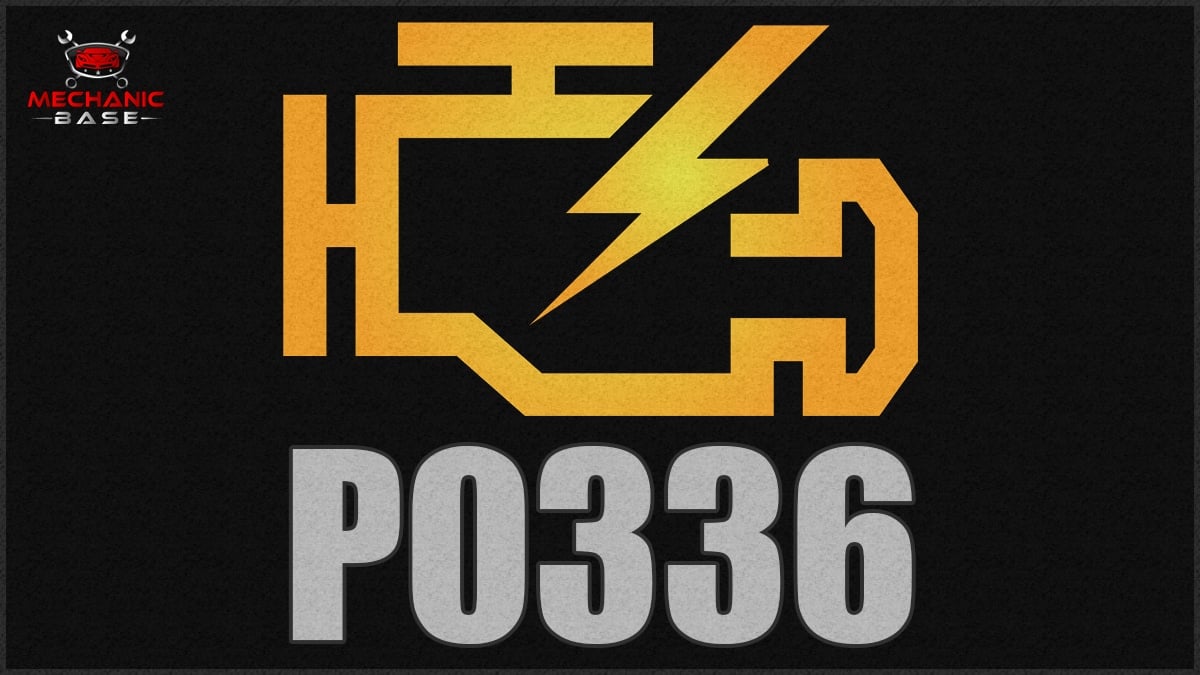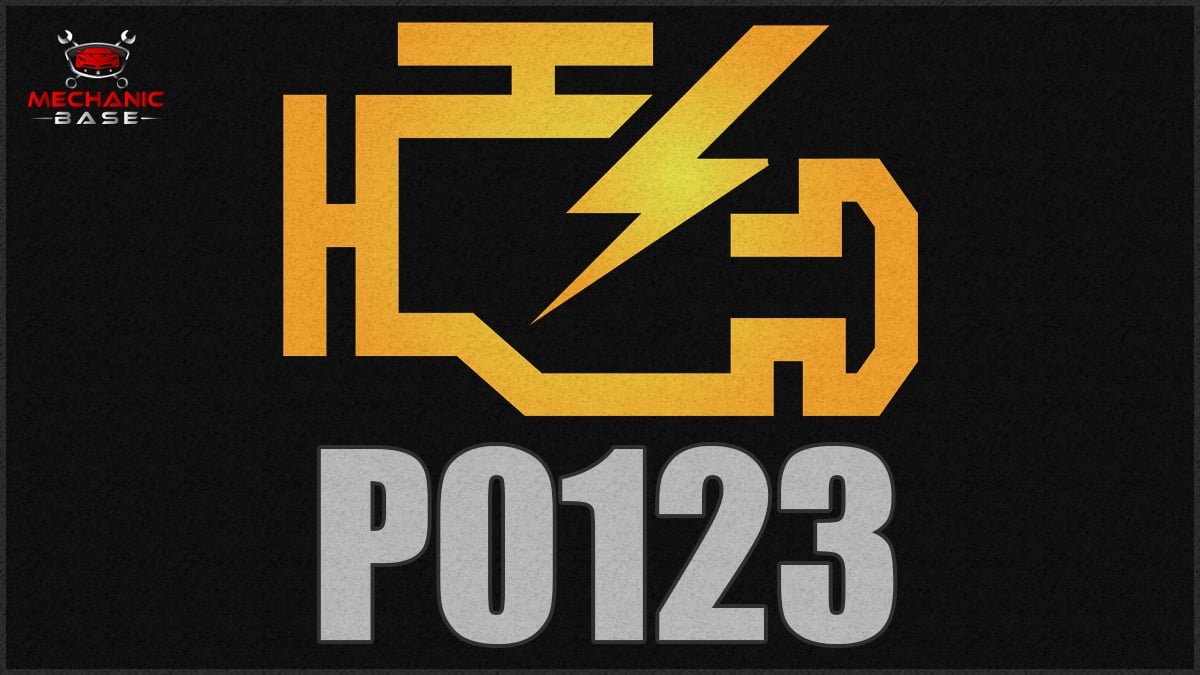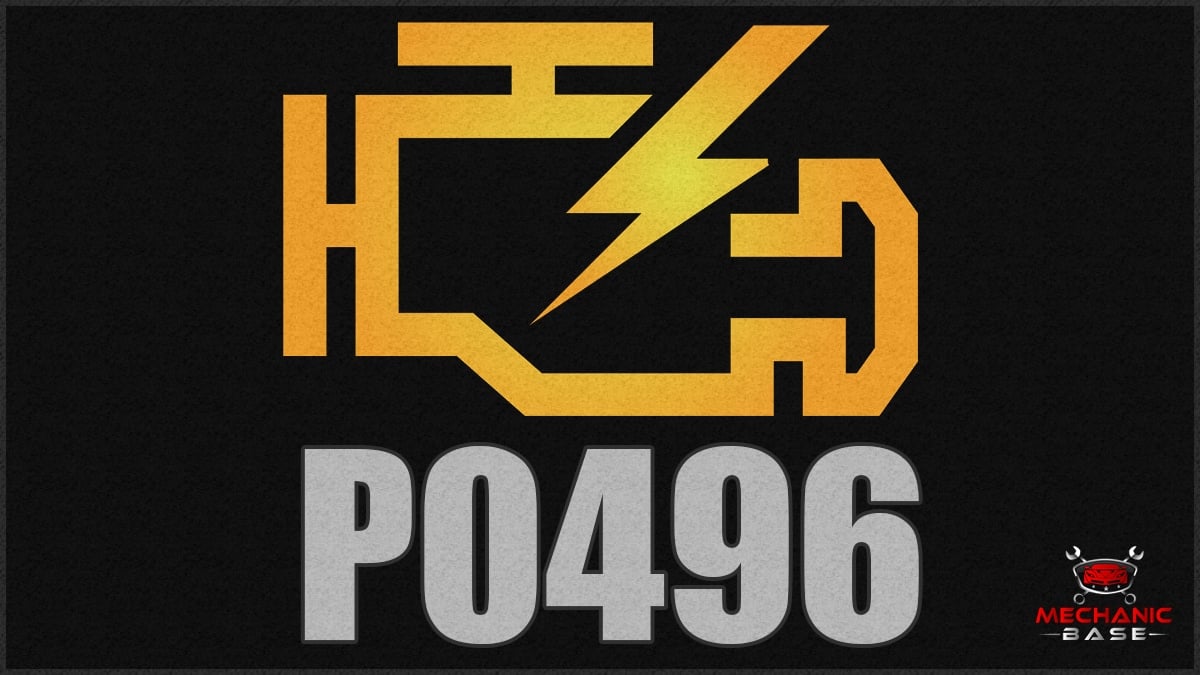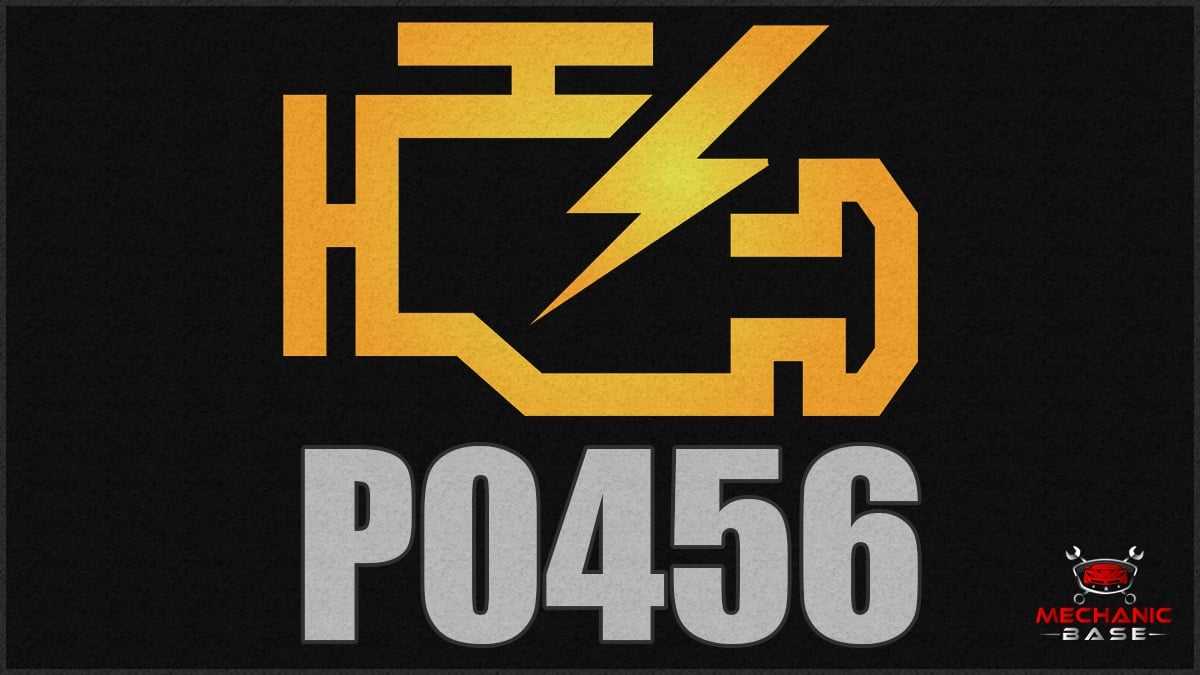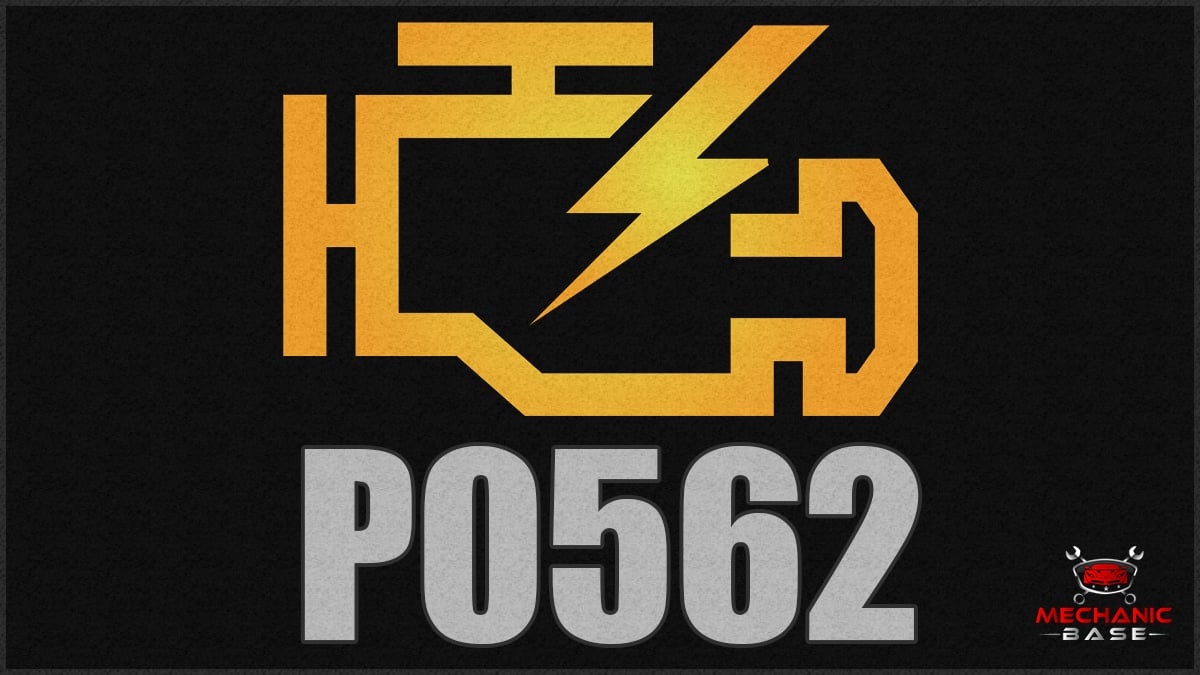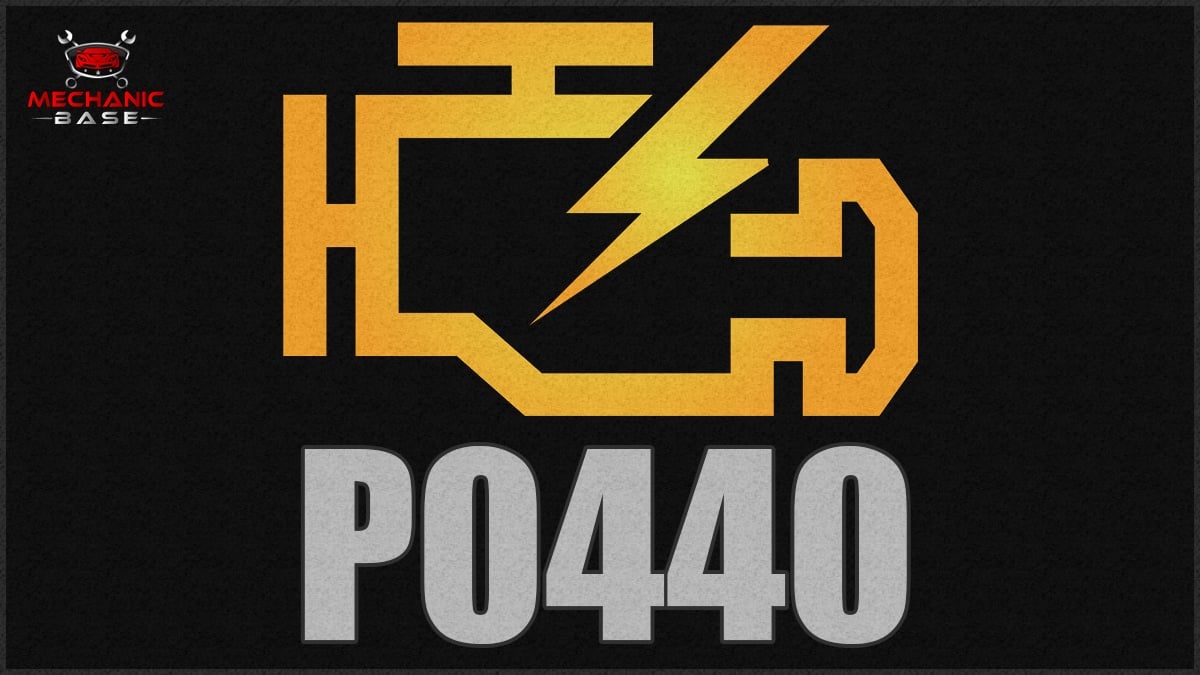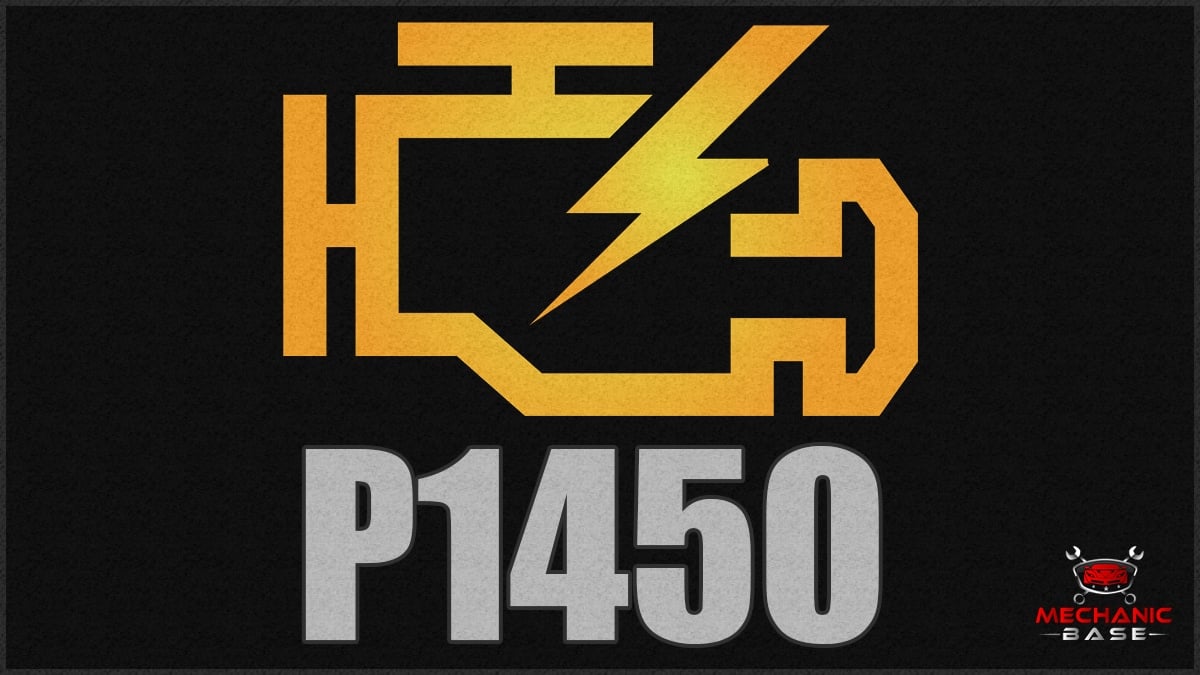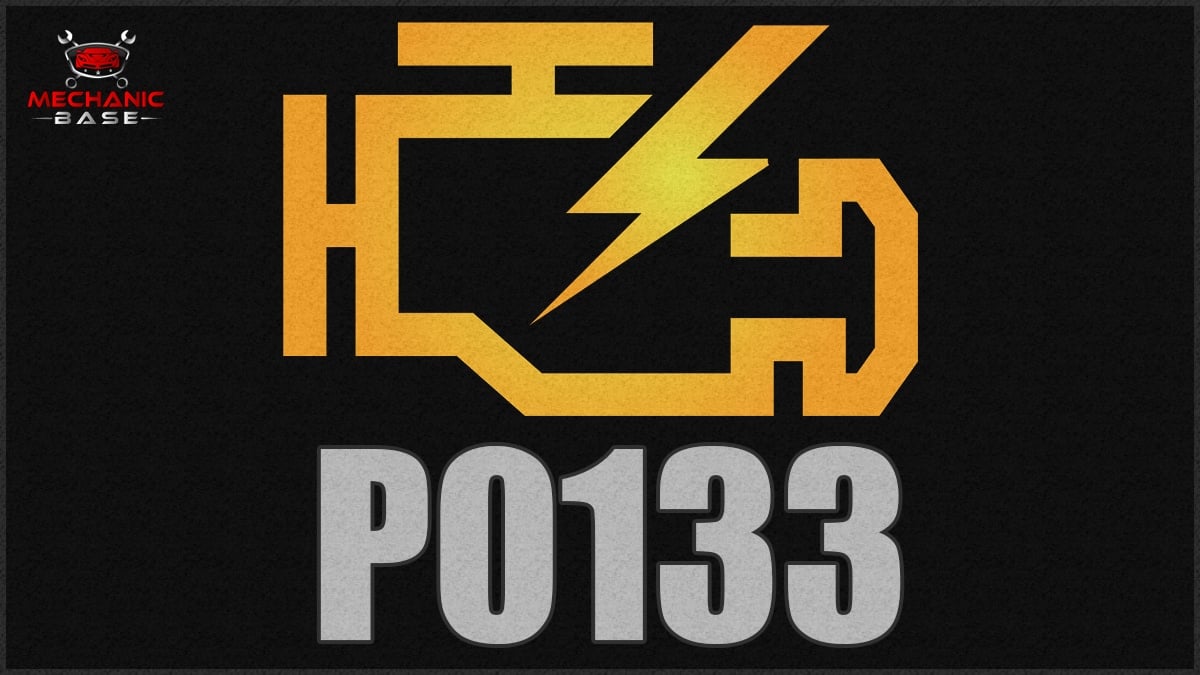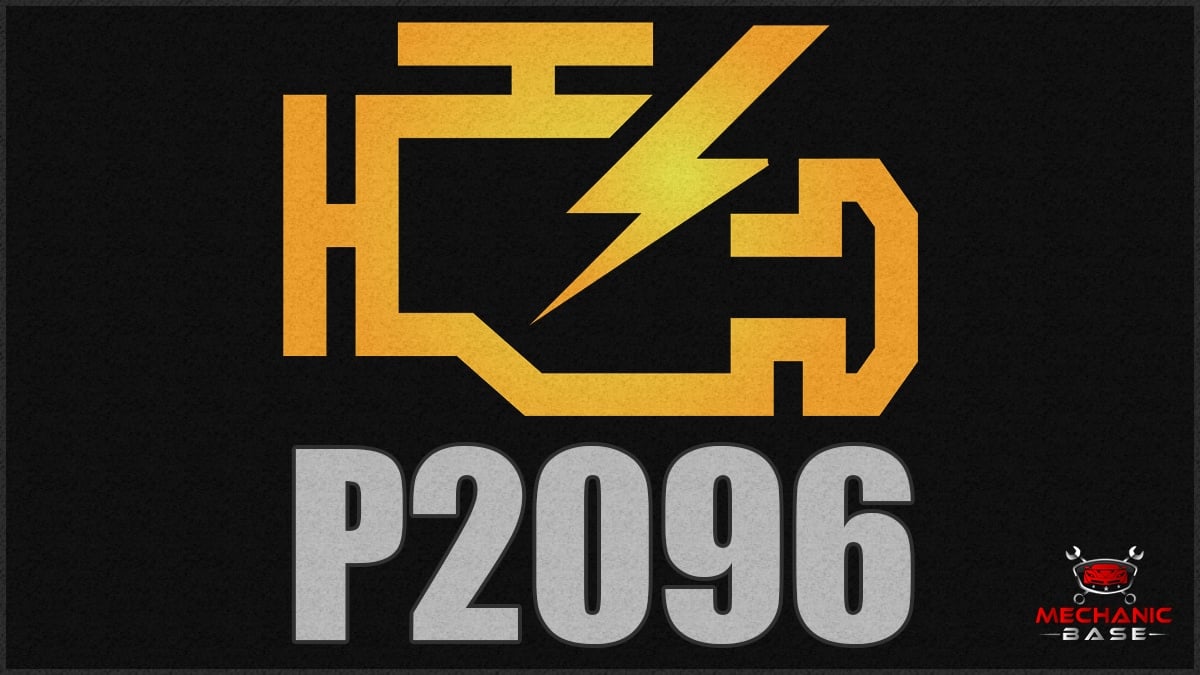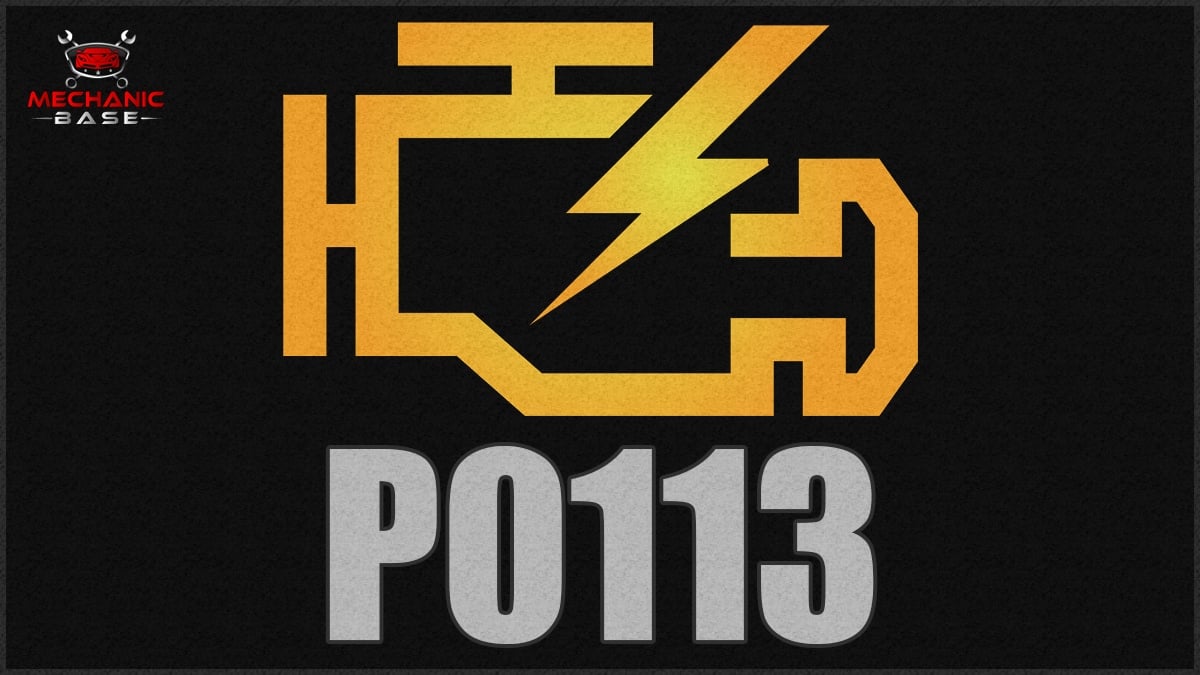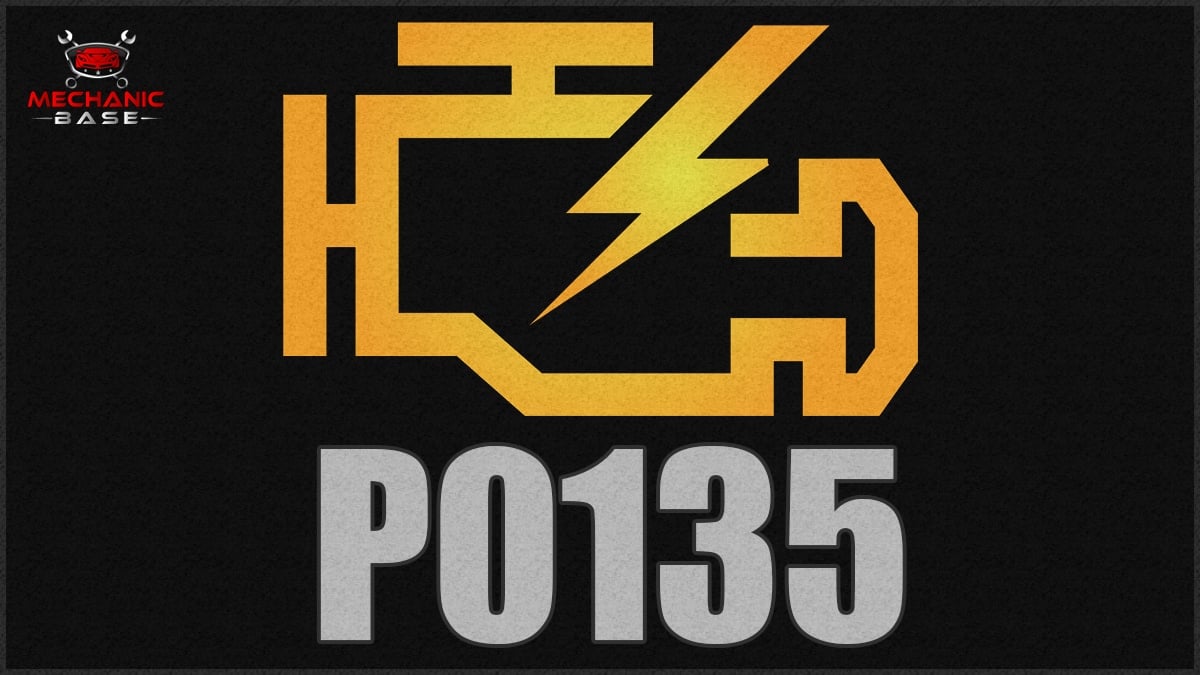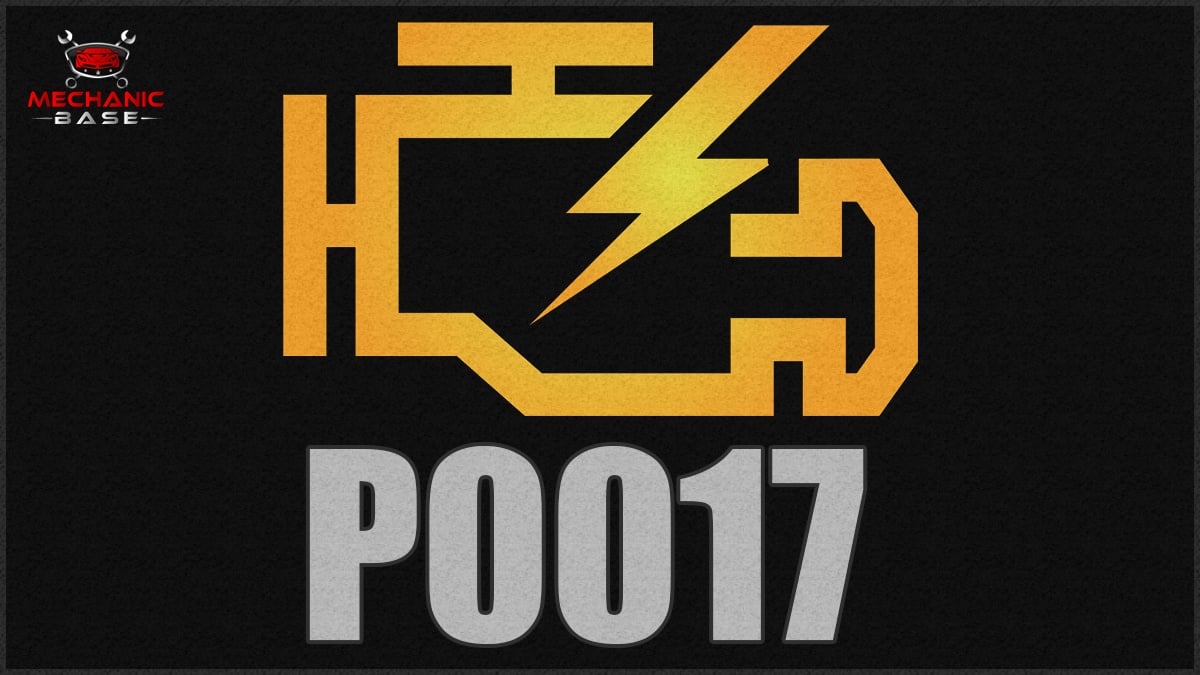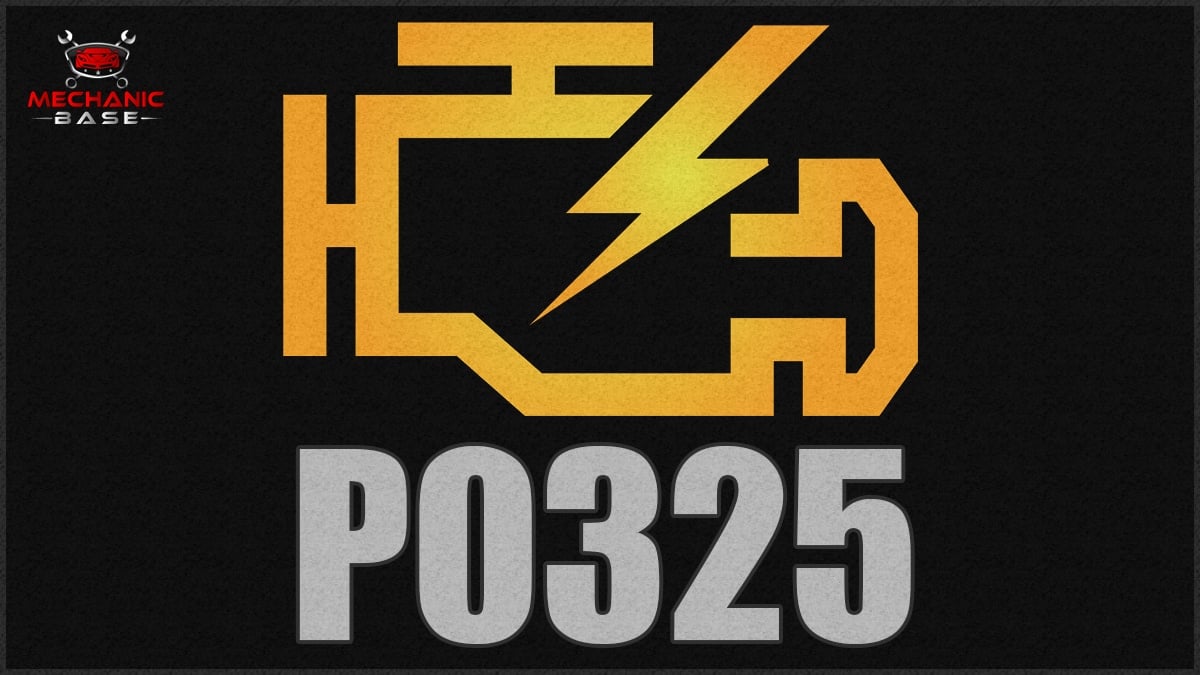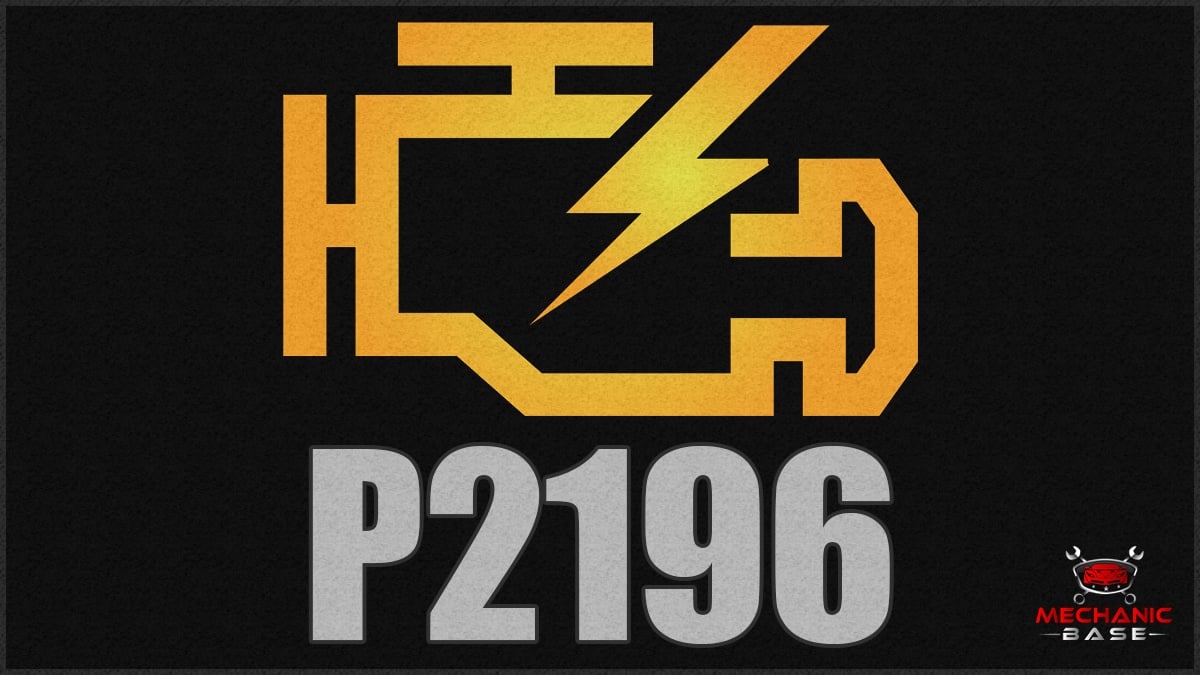There’s a diagnostic trouble code for just about every fault that can occur in the modern vehicle. One common DTC is the P0128 code. At first glance, you may think you know exactly what this trouble code means and how to fix it, but you could be surprised.
In this guide, we cover the meaning of the P0128 DTC. We also look at the top symptoms it creates, discuss the probable causes and show you how to fix it. At the end of this article, you’ll have all your top questions finally answered.
Code Definition
P0128 – Coolant Thermostat (Coolant Temperature Below Thermostat Regulating Temperature)
What Does the P0128 Code Mean?
P0128 is a generic powertrain code that means the engine control module (ECM) detected that the motor hadn’t reached its required operating temperature within the required timeframe set by the manufacturer. This timeframe depends on other facts, such as ambient temperature.
The ECM closely monitors how long the engine has been running and the vehicle speed to determine when the coolant temperature should be within range. It also monitors data from the engine coolant temperature (ECT) sensor, as well as the intake air temperature (IAT) sensor. When the temperature doesn’t reach the desired range within normal operating times, the P0128 code is set in the system.
What Are The Symptoms of P0128?
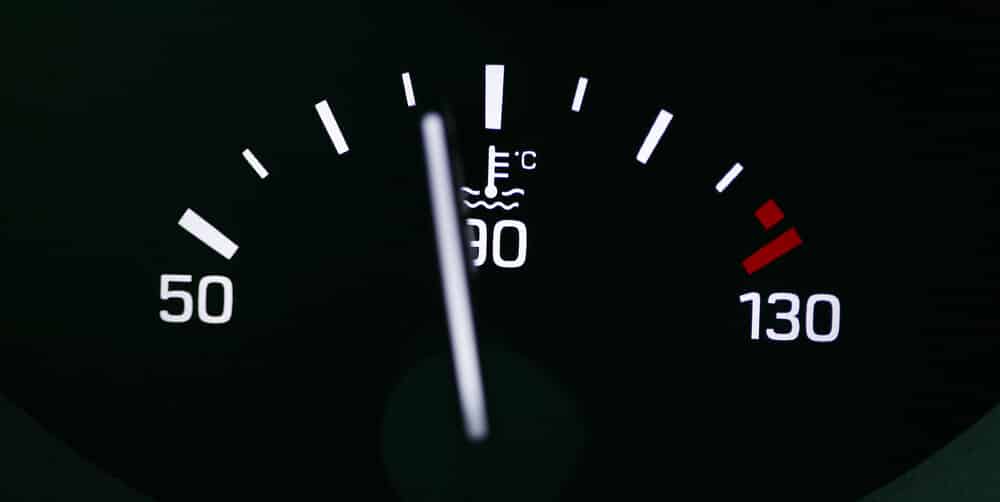
Based on the meaning of the P0128 code itself, the most obvious symptom would be that the engine can’t reach its normal operating temperature. Aside from that, there aren’t many associated symptoms with this trouble code. Here are a few you may notice.
- Engine temperature remains below normal
- Motor reaches normal operating temperature, but it takes longer than usual
- Engine temperature drops lower while driving at highway speeds
- Reduced fuel economy
What Are The Causes of P0128?
Most of the time that we’ve dealt with the P0128 code in the shop, it was due to a defective thermostat that was stuck open. However, other possible causes do exist, which is why you want to walk through the diagnostic steps listed below.
Here are some of the most common P0128 causes:
- Stuck open thermostat
- Malfunctioning cooling fan that won’t turn off
- Low coolant level
- Defective coolant temperature (ECT) sensor
- Bad intake air temperature (IAT) sensor
- Damaged wiring or connector
How Serious is the P0128 Code?
Medium – It’s a very serious issue to have the engine overheat, but it’s less dangerous to have one that doesn’t reach operating temperature. Still, it’s important that you take the issue seriously because damage can still occur while the engine isn’t warmed up enough.
Continuing to use an engine that’s too cold can cause increased fuel consumption and performance issues. It may also create engine damage, which becomes costly to repair. For these reasons, you want to have the P0128 code resolved as soon as you can.
How Do I Fix the P0128 Code?
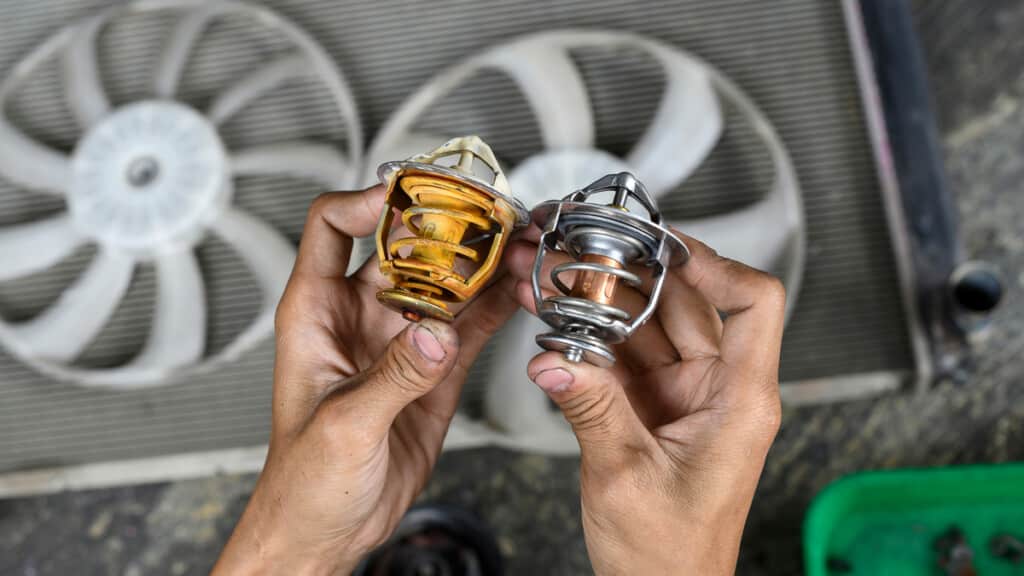
Most people find that replacing the thermostat fixes the P0128 DTC. Yet, there are other repairs that might be needed other than the thermostat. Before you determine which repair to perform, you need to go through the diagnostic evaluation.
Here are the most common P0128 fixes:
- Replace thermostat
- Add engine coolant
- Replace cooling fan
- Repair/replace wiring or connector
- Replace coolant temperature (ECT) sensor
- Replace the intake air temperature (IAT) sensor
RELATED: 6 Causes of a Cold Lower Radiator Hose (& How to Fix it )
Common P0128 Diagnosis Mistakes
Even though most mechanics would agree that the thermostat probably needs to be replaced, it’s easy to overlook other possibilities. If you don’t go through the appropriate steps, you could replace a part that isn’t defective.
For example, you may simply need to add more coolant to the system or there could be a damaged wire. To ensure you fix the correct part, go through the diagnostic steps listed below.
How to Diagnose the P0128 Trouble Code?
As professional mechanics, these are the steps we would take to diagnose the P0128 DTC.
- Let the engine cool down. Don’t work on the vehicle while the motor is warm.
- Check the coolant level. Top off the system if it is low.
- Pay attention to the condition of the coolant. If it is contaminated, the thermostat could stick. On average, a coolant change should occur every 30,000 miles.
- Start the car engine and place your hand on the radiator hose. If the thermostat is working properly, this hose is going to get hot quickly, so be careful. If it doesn’t get hot or warms up slowly, you should replace the thermostat.
- Listen to the cooling fan. It should be cycling on and off. If it stays on, it may be stuck and needs to be replaced.
- With your advanced scan tool, you can check the sensors to ensure they have appropriate readings. Compare the readings with your factory service manual specifications. It’s also wise to take a manual reading, as well as one with your infrared thermometer, to make sure they line up. Both should be near 200 degrees Fahrenheit.
- Check all of the wiring and connectors for any signs of damage. Replace anything that’s worn.
- After you repair the problem, reset the trouble codes and take the car for a drive. The Check Engine Light should remain off.
If you don’t have the equipment to perform these tasks or you are unable to find the cause, it’s best to get more help from your local professional mechanic.
How Much Does It Cost To Fix Code P0128?
Once you figure out what’s wrong, you want to know what it will cost to fix. We’ve included some of the top fixes with estimates, assuming you need to pay for parts and labor. These costs vary based on what type of vehicle you drive and the local labor rates. However, if you can do the job yourself, the cost should drop dramatically.
- Replace thermostat: $150 to $750
- Add engine coolant: $35 to $95
- Replace cooling fan: $550 to $800
- Repair/replace wiring or connector: $50 to $550
- Replace coolant temperature (ECT) sensor: $150 to $350
- Replace intake air temperature (IAT) sensor: $75 to $250
A Mechanic’s Tips About The P0128 Code
We understand how easy it is to jump right into diagnostics when the P0128 code comes up. However, you must be careful when working with the cooling system.
When the engine is warm, the cooling system is pressurized. You must exercise patience and let it cool down before working on it. Otherwise, you could end up with severe burns.
Along with the P0128 code, there are a couple of others that relate to the coolant temperature. You may see one of these in the future.
- P0125 – Insufficient Coolant Temperature for Closed Loop Fuel Control
- P0126 – Insufficient Coolant Temperature for Stable Operation
Remember to use our online trouble code library to learn more about the DTCs you find.
Is code P0128 serious?
It may not be as serious as having the engine overheating, but it should be looked at right away. With the engine unable to reach operating temperature, further damage could occur. At the very least, you will be using more fuel than necessary to get where you are going.
Can I drive with a P0128 code?
You may be able to continue driving with the P0128 code, but you shouldn’t go far. It’s fine if you want to get the vehicle home where you can repair it, but it’s not okay to continue driving with the engine failing to reach operating temperature. It’s not good for the motor and it could lead to serious damage.
Can P0128 be caused by low coolant?
While the most common cause of the P0128 DTC is a bad thermostat, low engine coolant levels can cause the code to set as well. Aside from the low coolant level, a wiring issue, bad intake air temperature sensor, malfunctioning coolant fan or defective coolant temperature sensor could also be to blame.
How much is a thermostat for P0128?
To have a mechanic diagnose the P0128 fault, you may spend an hour, which could be between $75 and $200. To replace the thermostat, you may spend $150 to $750, depending on what type of car you drive and the local labor rates. However, if you can replace the thermostat yourself, you would only need to pay for the parts, knocking off around $100 to $250 in labor charges.
The P0128 code may not be the most serious out of them all, but it does tell you that something is wrong with the engine temperature. Because you want your engine to last as long as possible, it’s best to have it looked at immediately. Driving with the engine at a lower temperature isn’t as dangerous as when it overheats, but it shouldn’t be ignored.
In most cases, the car simply needs a new thermostat, but there are other possibilities to consider. For example, there could be low coolant levels or a bad sensor that needs to be dealt with. If you aren’t sure how to troubleshoot the system, take the vehicle to a qualified mechanic.
Categories: OBD Codes
